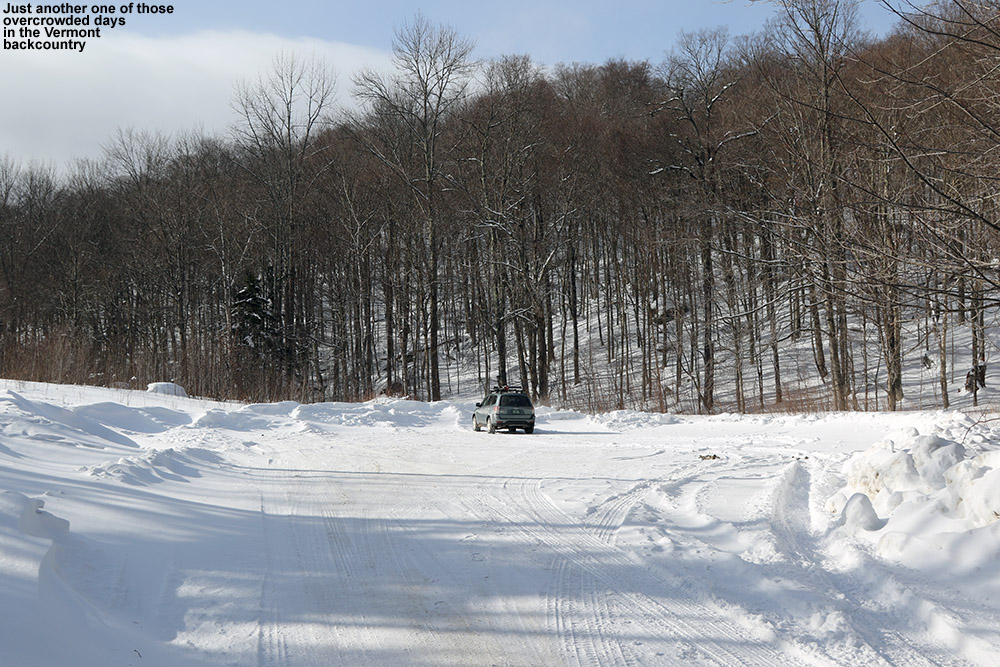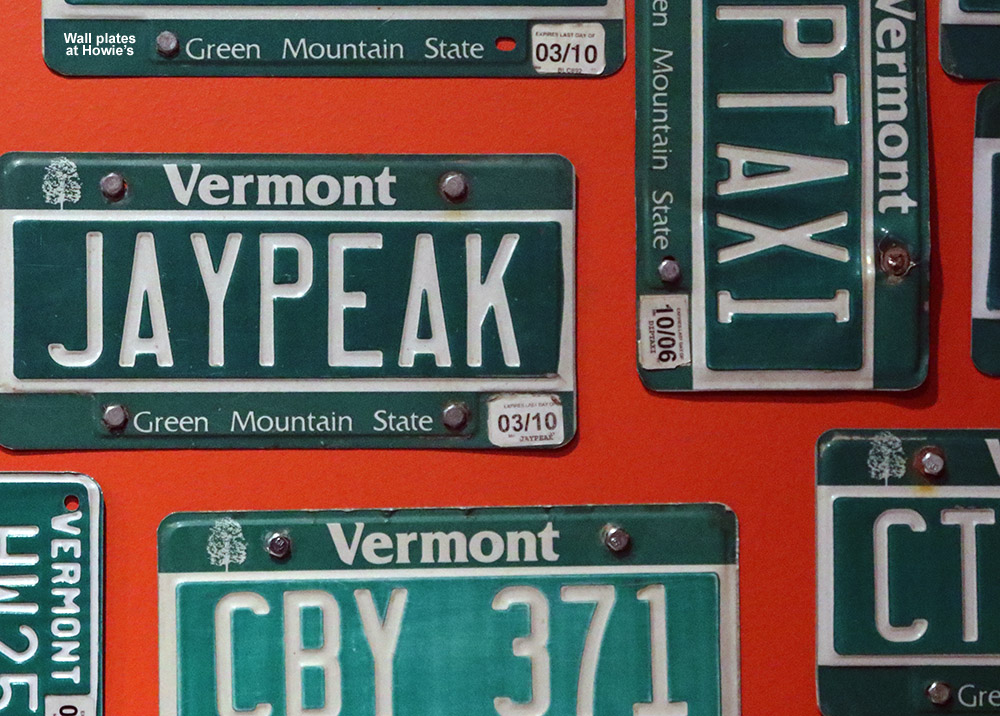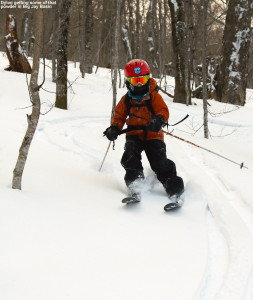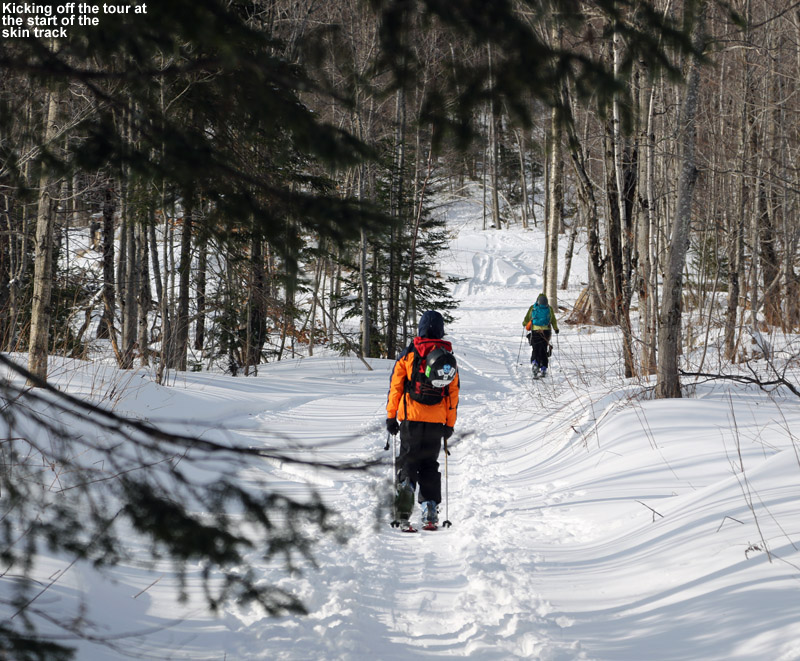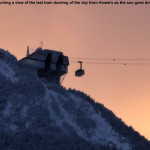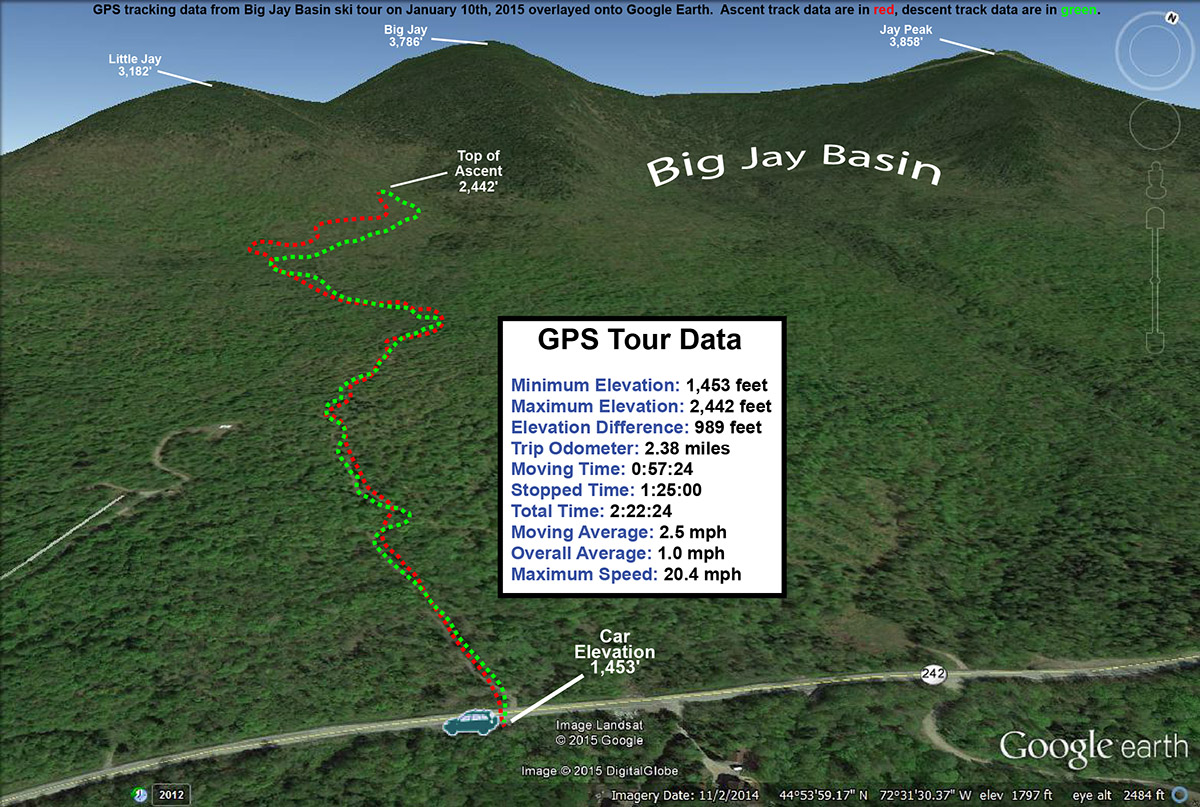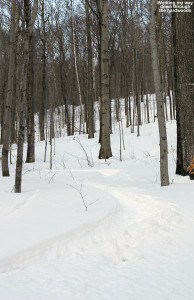
The weather yesterday was very comfortable, with highs in the local mountains around 30 F at ski resort base elevations. Today was a different story though; mountain temperatures were expected to start in the single digits and drop in the afternoon to produce wind chills well below zero. With that forecast looming, E and Claire decided to cancel today’s BJAMS ski program at Stowe to avoid any frostbite issues with the students. The program can make up the session later in the spring anyway, hopefully on a nice warm day.
“The ski lines were obvious and everywhere, there’s no hunting around necessary if you’re looking for some moderate angle powder to ski.”
With the chilly forecast and some extra time in the afternoon, I decided to head out for a backcountry ski tour in the Nebraska Notch area. Some of the higher elevations of the Northern Greens did pick up as much as 4 to 6 inches of snow overnight, so that added a little extra incentive to get out and see how conditions were faring. I’ve wanted to do an exploratory tour near Nebraska Notch for a while, and I’m familiar with the tour highlighted in David Goodman’s book that starts on the west side of the notch. I’d been through some of that area this past summer when our family was on a backpacking trip with the Handler’s, so I thought that something on the east side would be a fun alternative. From Jacquie, I’d heard about the backcountry skiing potential above the overnight parking area near the Lake Mansfield Trout Club, so I decided I’d give that a shot. It’s a quick trip from our house in Waterbury, and I’d be able to take care of some necessary grocery shopping on the way home as well.
“I’m not sure how deep the base was, but surface powder was 13-14″ in the trees just above the parking area (~1,100′), and pushing two feet up high depending on prior wind and sun exposure in underlying layers.”
Heading up Nebraska Valley Road, I noticed that as I approached the 1,000′ elevation mark, the snowpack really took a jump. It went from the 8-12″ that we’ve currently got in many of the lower mountain valleys of the Northern Greens to something more, and you could really see how the higher elevations of the Nebraska Valley were holding the snow. I pulled into the lot for overnight recreational parking, and it was empty. There was probably space for 20 cars, but mine was it. I guess it’s just another one of those harbingers of the overuse and overcrowding associated with skiing in the Vermont backcountry. In any event, I could see an obvious, although apparently lightly used skin track off to the right heading up into the forest. More importantly, I could see the associated ski terrain looming right above me; well-spaced hardwoods appeared to fill the entire slope, and you could immediately see that there was some great skiing right down to the parking area.
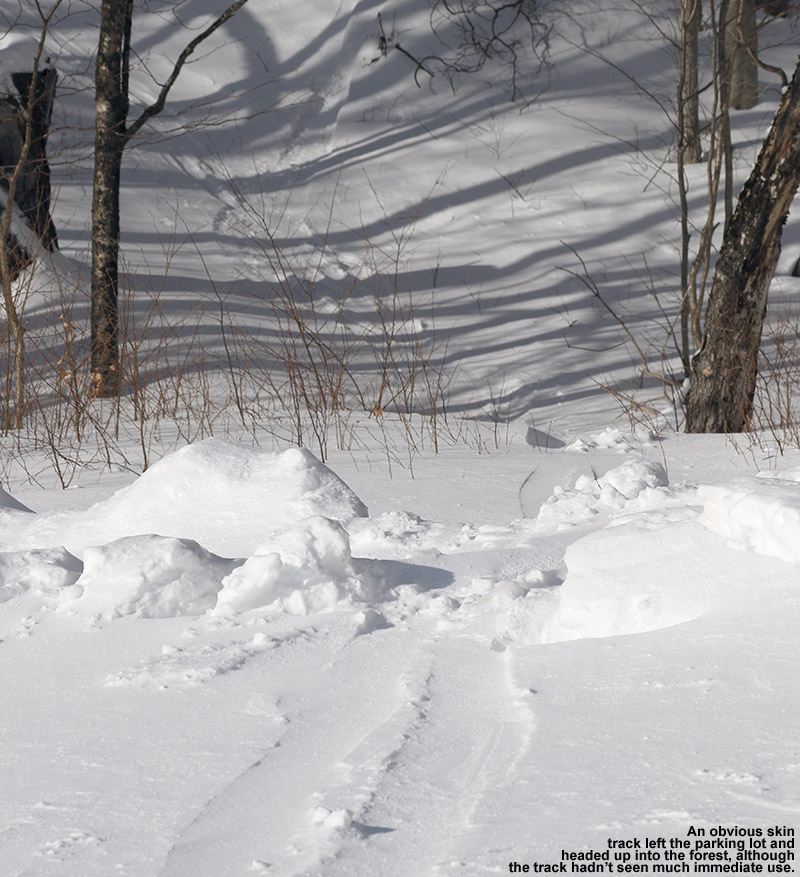
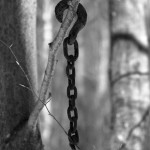 The skin track ascended through the hardwoods on what appeared to be an old logging road, and it sliced right through an impressive chunk of ski terrain. The ski lines were obvious and everywhere, there’s no hunting around necessary if you’re looking for some moderate-angle powder to ski. After looking at the area on Google Earth this morning, I’d decided to explore a drainage off to the northwest of the parking area, and conveniently that’s just where the logging road and skin track headed. After a few hundred feet of ascent I could see that there were a number of ski options, but three main ones were very evident: You could ski the logging road itself, which was relatively narrow and contained the skin track, but would serve up some decent turns. Much more expansive options were to either contour off to the east and make turns in the vast face of terrain containing the hardwoods, or head westward and ski steep gullies down into the drainage. I had plenty of time to survey the topography and decide on descent routes as I continued up the skin track; it’s set at a very nice, consistent pitch with none of these steep spots that might promote slipping.
The skin track ascended through the hardwoods on what appeared to be an old logging road, and it sliced right through an impressive chunk of ski terrain. The ski lines were obvious and everywhere, there’s no hunting around necessary if you’re looking for some moderate-angle powder to ski. After looking at the area on Google Earth this morning, I’d decided to explore a drainage off to the northwest of the parking area, and conveniently that’s just where the logging road and skin track headed. After a few hundred feet of ascent I could see that there were a number of ski options, but three main ones were very evident: You could ski the logging road itself, which was relatively narrow and contained the skin track, but would serve up some decent turns. Much more expansive options were to either contour off to the east and make turns in the vast face of terrain containing the hardwoods, or head westward and ski steep gullies down into the drainage. I had plenty of time to survey the topography and decide on descent routes as I continued up the skin track; it’s set at a very nice, consistent pitch with none of these steep spots that might promote slipping.
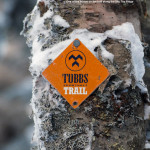 At around 2,100′, evergreens began to mix in with the hardwoods, and the logging road gradually gave way to a skin track that worked its way more tightly through the forest and ascended small streambeds. By 2,500′ I was into exclusively evergreens, and the available snow was getting deeper. I’m not sure how deep the base was, but surface powder was 13-14″ in the trees just above the parking area (~1,100′), and pushing two feet up high depending on prior wind and sun exposure in underlying layers. I hit the ridge line (Sky Top Ridge east of Dewey Mountain) at an elevation of roughly 2,800′, and headed off to the east on the ridge line trail. Appropriately, the trail on the ridge is known as the Skytop Trail, and David Goodman’s Backcountry Skiing Adventures: Vermont & New York book has a specific chapter on touring there. I found it marked with red blazes, but I also noticed a “Tubbs Snowshoe Trail” sign as well. I continued on the Skytop Trail for another few minutes until I hit a local high point where I decided to halt my ascent.
At around 2,100′, evergreens began to mix in with the hardwoods, and the logging road gradually gave way to a skin track that worked its way more tightly through the forest and ascended small streambeds. By 2,500′ I was into exclusively evergreens, and the available snow was getting deeper. I’m not sure how deep the base was, but surface powder was 13-14″ in the trees just above the parking area (~1,100′), and pushing two feet up high depending on prior wind and sun exposure in underlying layers. I hit the ridge line (Sky Top Ridge east of Dewey Mountain) at an elevation of roughly 2,800′, and headed off to the east on the ridge line trail. Appropriately, the trail on the ridge is known as the Skytop Trail, and David Goodman’s Backcountry Skiing Adventures: Vermont & New York book has a specific chapter on touring there. I found it marked with red blazes, but I also noticed a “Tubbs Snowshoe Trail” sign as well. I continued on the Skytop Trail for another few minutes until I hit a local high point where I decided to halt my ascent.
“Some exploring would have been fun, but with the time of day, cold temperatures, and being solo, there really wasn’t much margin for messing around.”
Up there on the ridge it was cold, noticeably colder than the 10 F at the parking area. I was out of the wind, but it wasn’t a temperature to hang around in. I poured some soup and let it cool a bit while I changed over for the descent. My plan was to head back down in the area of the skin track for that first chunk of the descent, since I hadn’t come across any obvious lines in other areas. Some exploring would have been fun, but with the time of day, cold temperatures, and being solo, there really wasn’t much margin for messing around. During the ascent I’d seen that there were plenty of steep, ledgy areas above the open hardwoods. Those ledges and some dense evergreens lay right below me, and from what I’d seen it would be very easy to get cliffed out up there. Any exploration of that terrain will have to wait for another time.
“Being south-facing, it’s not the kind of terrain that one would want to ski on sunny days when temperatures are getting marginal, but on a midwinter day like today, the snow was great.”
The descent up high along the general area of the skin track was very nice – the powder was deep and there were occasional options of ski lines that cut corners or veered away temporarily from the track. When I was back into the open areas of hardwoods, I cut left of the track following a previous skier’s lead, and traversed out into the face of terrain that sat well above the parking area. It was classic Vermont hardwood ski terrain; there weren’t any obvious maintained lines, but you didn’t need them. It was pretty much see it and ski it. The powder was a little shallower on some pitches, no doubt a function of that fact that the terrain faces south and can get plenty of sun due to the leafless deciduous trees. Being south-facing, it’s not the kind of terrain that one would want to ski on sunny days when temperatures are getting marginal, but on a midwinter day like today, the snow was great. I eventually ran into the skin track again, and cut to the other side as I saw some attractive ski lines heading in that direction. I finally had to do a short traverse to get back to the last pitch above the parking area, but with the open nature of the forest, navigation was pretty easy.
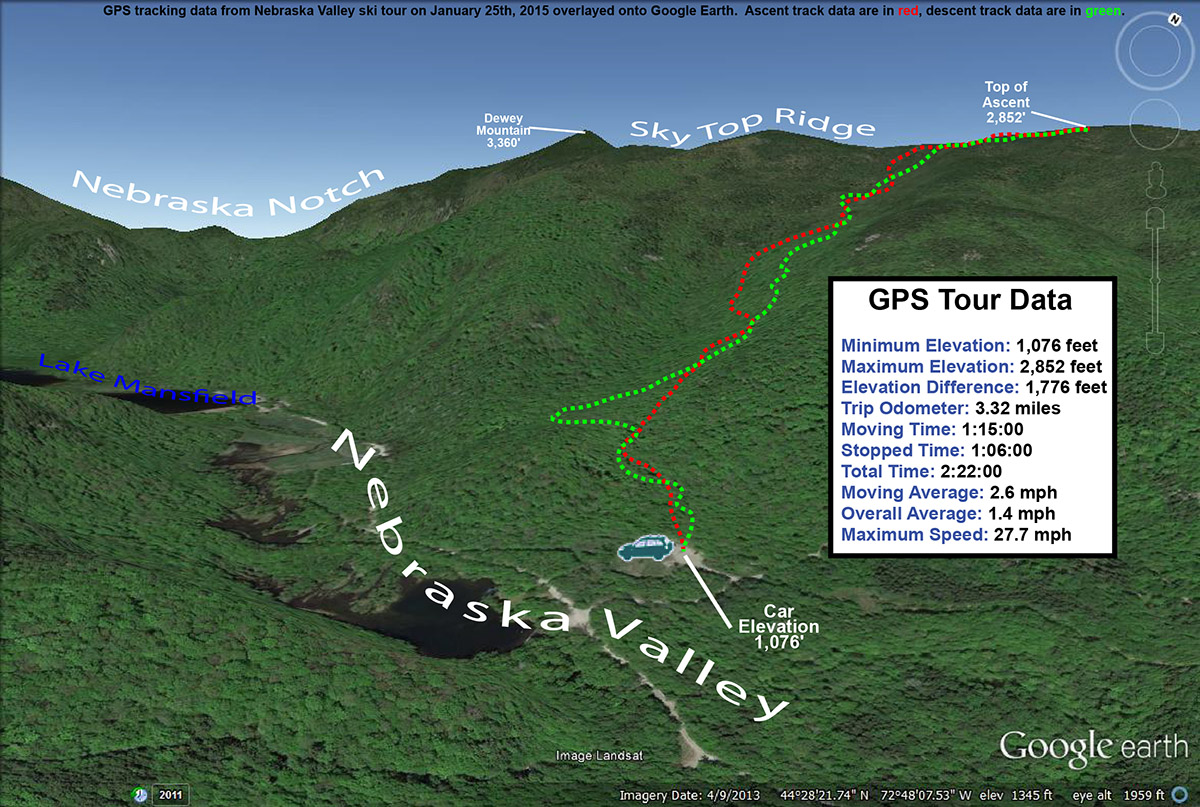
I’d say today was a great first visit to the area; those hardwoods are exceedingly skiable, with the main downside being that it’s south-facing, so the quality of the snow needs to be watched with respect to recent weather trends. The snowpack isn’t even especially deep right now, and I only encountered the occasional underlying obstacle to contend with. As usual, if you throw another couple feet of base down, more and more lines will simply open up and get even cleaner as additional saplings and other trees get buried. On that note, there’s another winter storm (Juno) coming into the area over the next couple of days – it sounds like the bull’s-eye areas are down to the south, but it’s expected to give us a moderate shot of synoptic snow up here as well, which should further improve base depths.

